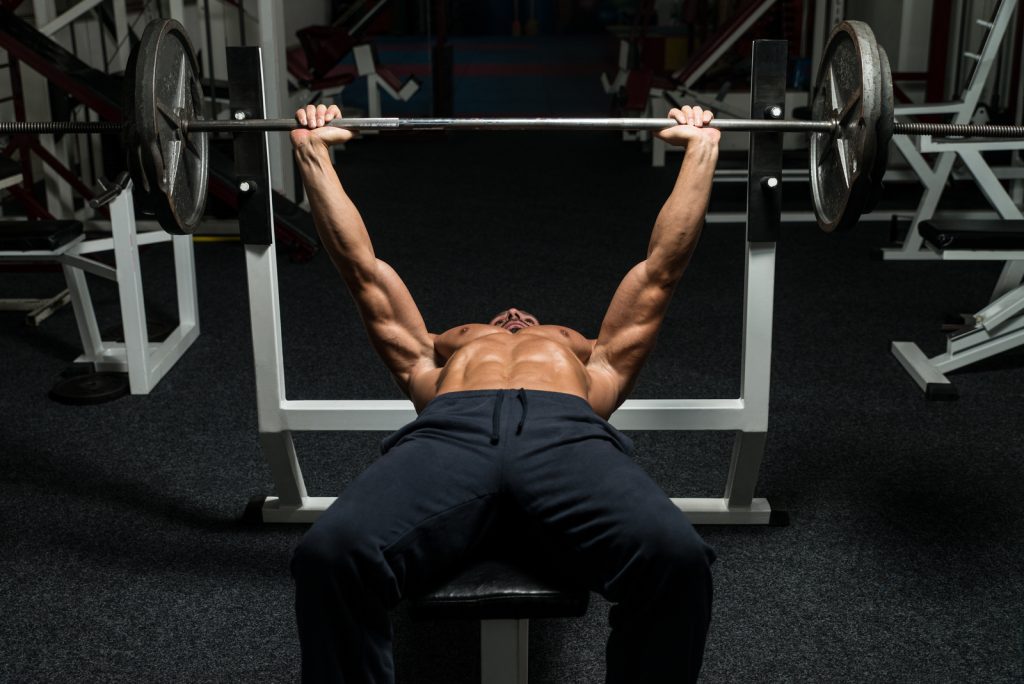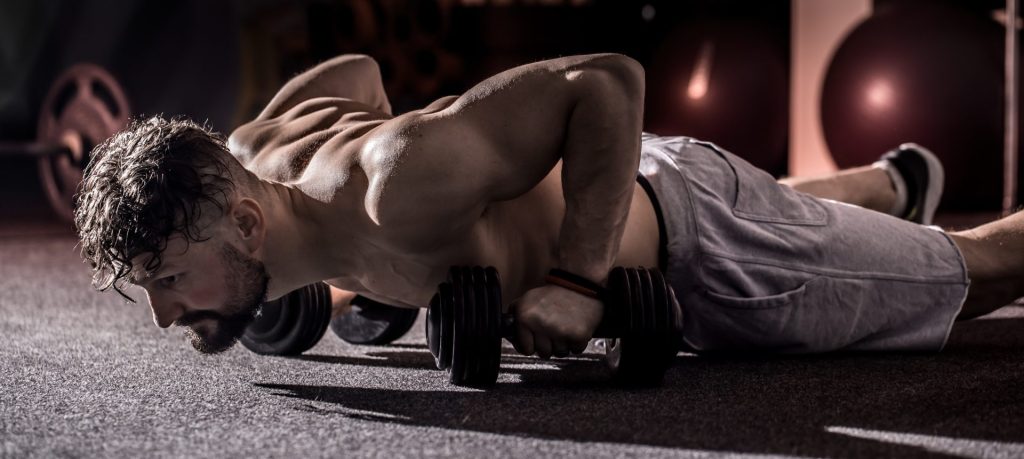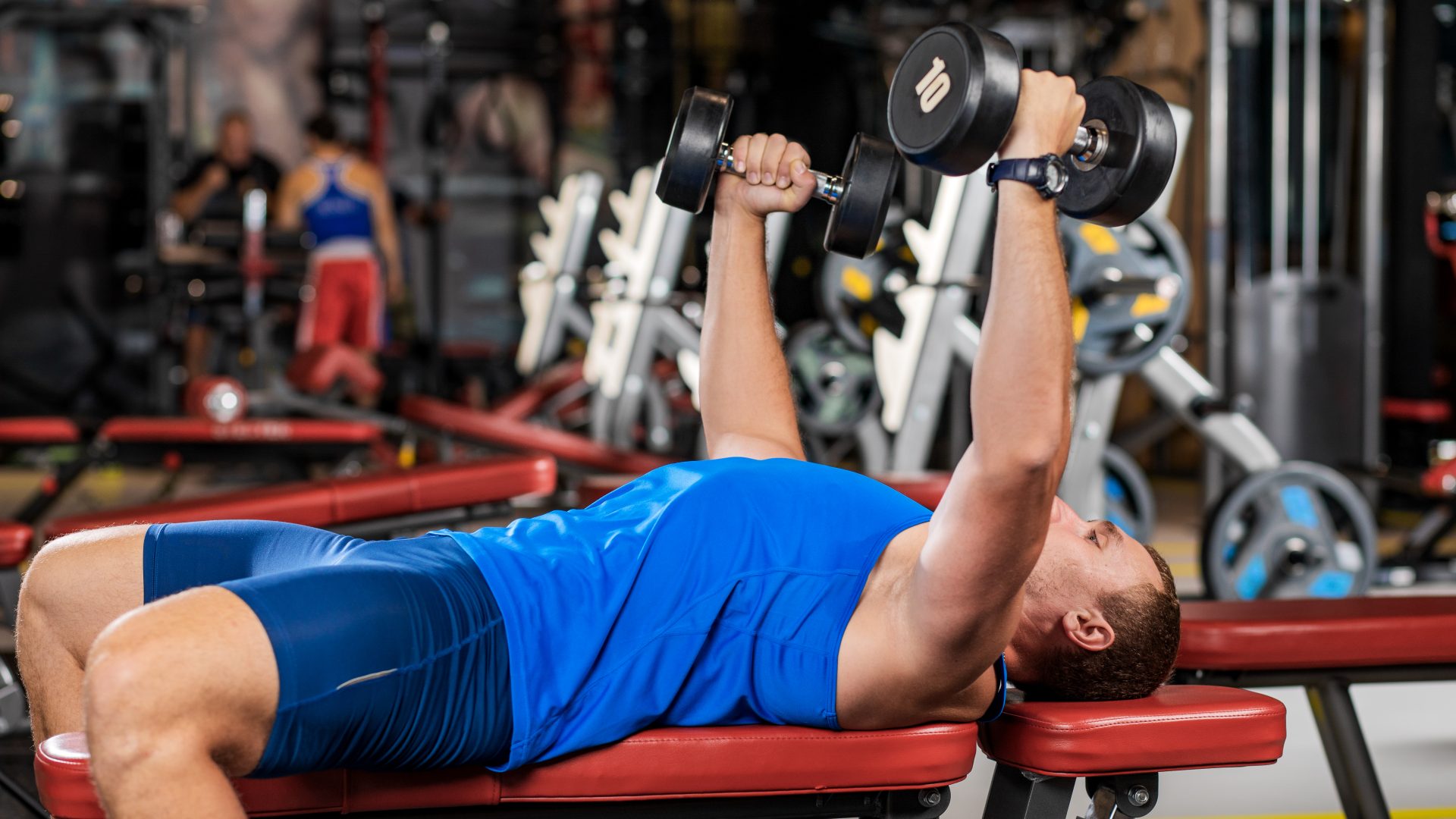When it comes to strength training, the bench press is undoubtedly one of the most popular exercises out there. But have you ever heard of the floor press? While these two exercises may look similar, they have distinct differences that can impact your training regimen.
The bench press has been a staple in gyms across the world for decades. However, as more people are focusing on functional fitness and strength training, the floor press has gained popularity. But what are the differences between these two exercises? And which one is better for your individual needs?
Both the floor press and bench press can effectively activate the chest, triceps, and shoulders. However, the main differences lie in the range of motion, stability, and muscle activation. If you’re looking to switch up your training routine or wondering which exercise is best for you, keep reading to discover the main differences between the floor press and bench press.
Contents
Floor Press VS Bench Press
A. Starting Position
Bench Press Starting Position
The bench press is performed lying on a flat or incline bench with the feet planted firmly on the ground. The lifter lies on their back with their head, shoulders, and buttocks in contact with the bench. The feet are firmly planted on the floor, and the lifter grasps the bar with a shoulder-width or wider grip, with the palms facing away from the body. The bar is lowered to the chest, just above the nipples, and then pushed back up to the starting position.
Floor Press Starting Position
The floor press is performed lying on the floor, with the lifter’s upper back, head, and arms in contact with the ground. The lifter bends their knees and places their feet flat on the floor, with the hips and buttocks raised slightly off the ground. The lifter grasps the bar with a shoulder-width or wider grip, with the palms facing away from the body. The bar is then lifted off the floor and lowered to the chest, just above the ground, before being pushed back up to the starting position.
B. Range Of Motion
Bench Press Range Of Motion
The bench press has a greater range of motion than the floor press, as the bar is lowered to the chest and then lifted back up to the starting position. This full range of motion allows for greater activation of the chest, shoulders, and triceps muscles.
Floor Press Range Of Motion
The floor press has a shorter range of motion than the bench press, as the bar is lowered to just above the ground and then lifted back up to the starting position. This limited range of motion reduces the stress on the shoulder joint and places more emphasis on the triceps muscles.
C. Muscle Activation
Bench Press Muscle Activation
The bench press primarily activates the chest, shoulders, and triceps muscles, with the chest muscles being the primary mover. The bench press also activates the back muscles and core muscles to stabilize the body during the lift.
Floor Press Muscle Activation
The floor press primarily activates the triceps muscles, with the chest and shoulders also being activated to a lesser extent. The limited range of motion of the floor press places more emphasis on the triceps muscles than the chest muscles.
D. Joint Stress
Bench press Joint Stress
The bench press places greater stress on the shoulder joint than the floor press, due to the greater range of motion and the angle of the lift. The bench press also places stress on the elbow joint, which can lead to injuries if not performed correctly.
Floor Press Joint Stress
The floor press places less stress on the shoulder joint than the bench press, due to the limited range of motion and the angle of the lift. The floor press also places less stress on the elbow joint than the bench press, making it a safer exercise for those with elbow injuries or pain.
E. Equipment Needed
Bench Press Equipment
The bench press requires a weight bench or power rack, a barbell, and weight plates. The lifter may also use a spotter for safety during heavy lifts. The standard barbell is about 7 feet long and weighs 45 pounds. The weight of the plates varies, but they usually range from 2.5 to 45 pounds. It is essential to use the correct amount of weight for your fitness level to avoid injury.
Floor Press Equipment
The floor press requires a barbell, weight plates, and a flat surface, such as a gym mat or weightlifting platform. The lifter does not require a weight bench or power rack, making it a more accessible exercise for those without access to a full gym setup.
Comparison
- Comparison chart highlighting the main differences between the two exercises:
| Bench Press | Floor Press | |
| Starting position | Lying on a bench | Lying on the floor |
| Range of motion | Greater range of motion | The shorter range of motion |
| Muscle activation | Chest, shoulders, triceps | Triceps, chest, shoulders |
| Joint stress | Greater stress on shoulder and elbow joints | Less stress on shoulder and elbow joints |
| Equipment needed | Weight bench, power rack, barbell, weight plates | Barbell, weight plates, flat surface |
Analysis Of The Comparison Chart
The bench press and floor press differ in their starting position, range of motion, muscle activation, joint stress, and equipment needed. The bench press offers a greater range of motion and greater activation of the chest muscles, but it also places greater stress on the shoulder and elbow joints.
The floor press offers a shorter range of motion and greater activation of the triceps muscles, but it also places less stress on the shoulder and elbow joints. The bench press requires a weight bench or power rack, while the floor press can be performed on a flat surface with minimal equipment needed.
Conclusion
Both exercises have their unique benefits and drawbacks, and choosing between the two will depend on individual goals, physical limitations, and equipment availability. It’s important to always perform these exercises with proper form and technique to minimize the risk of injury and maximize the effectiveness of the exercise.





